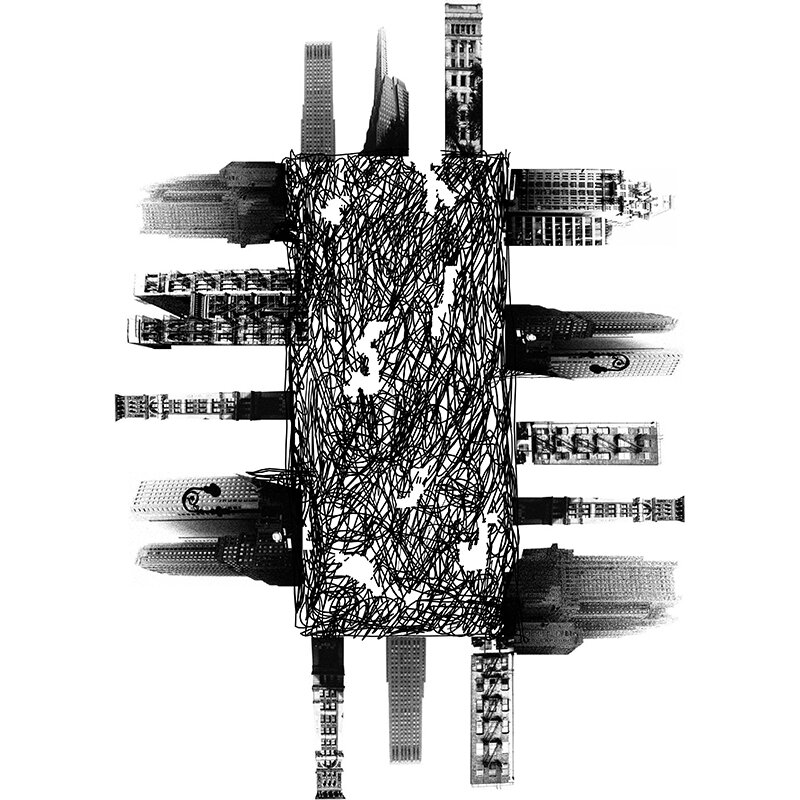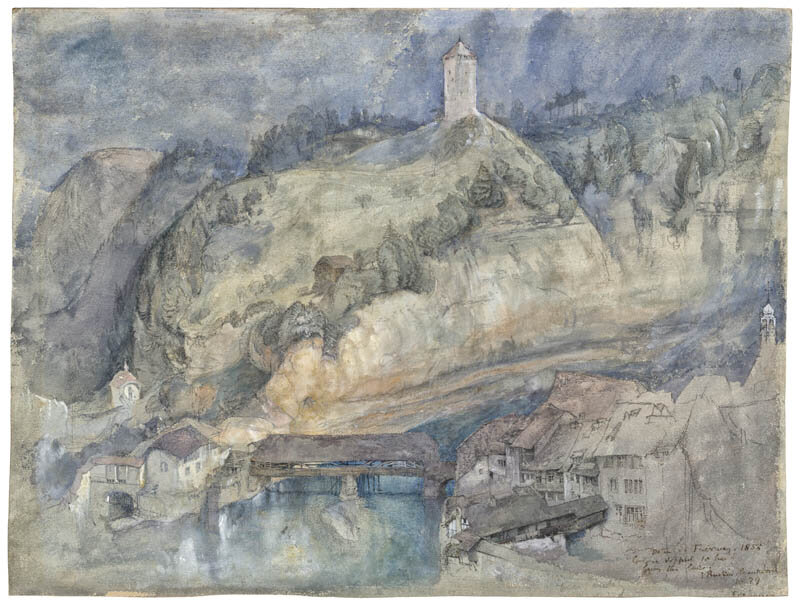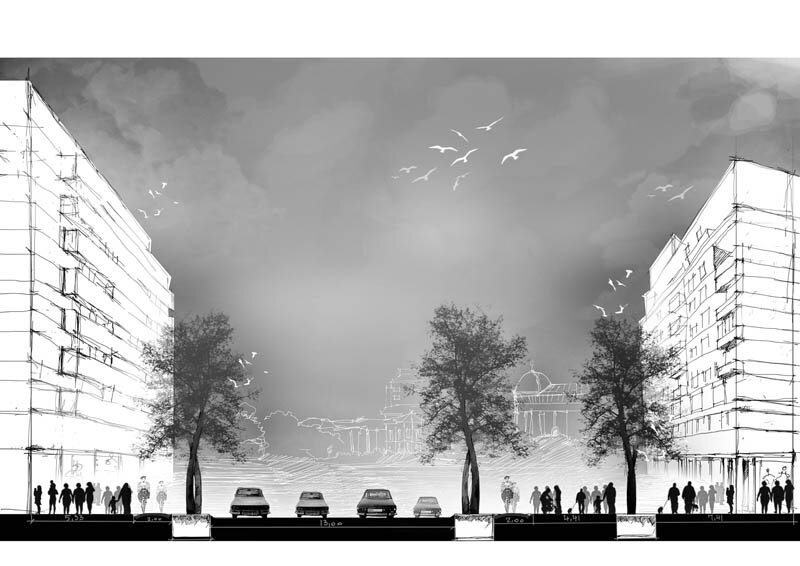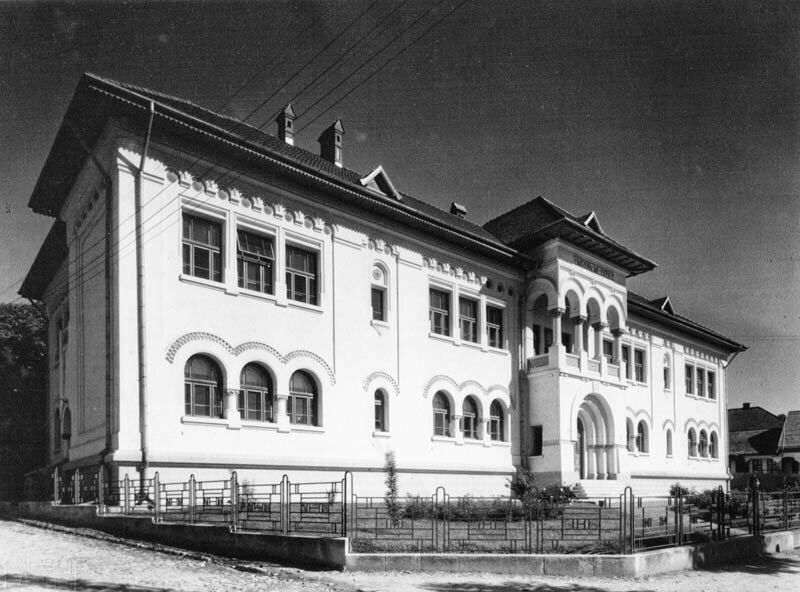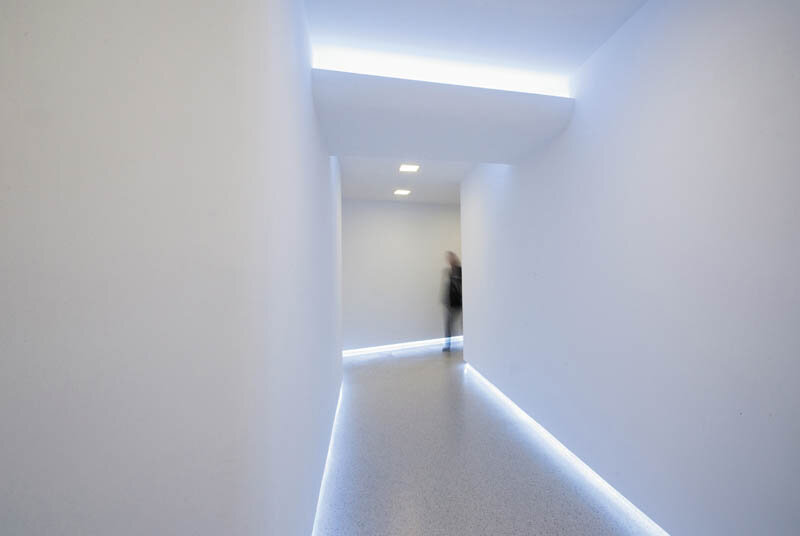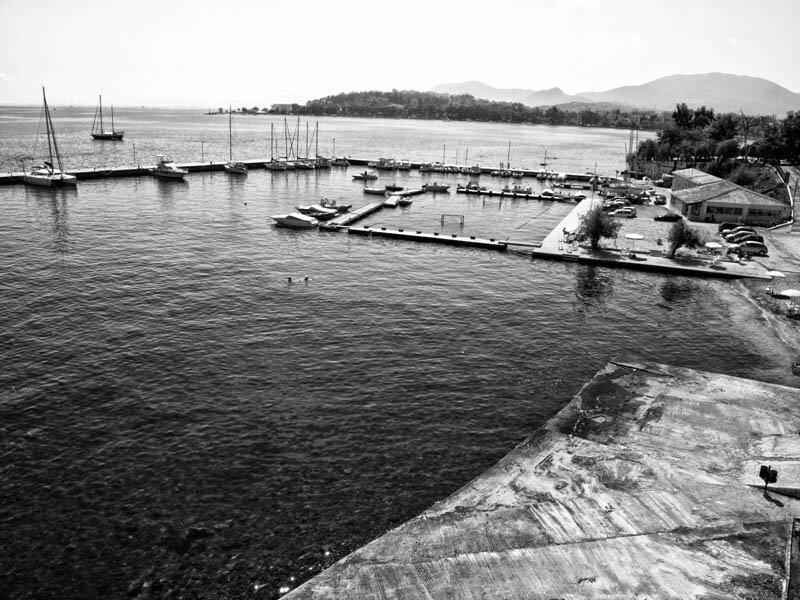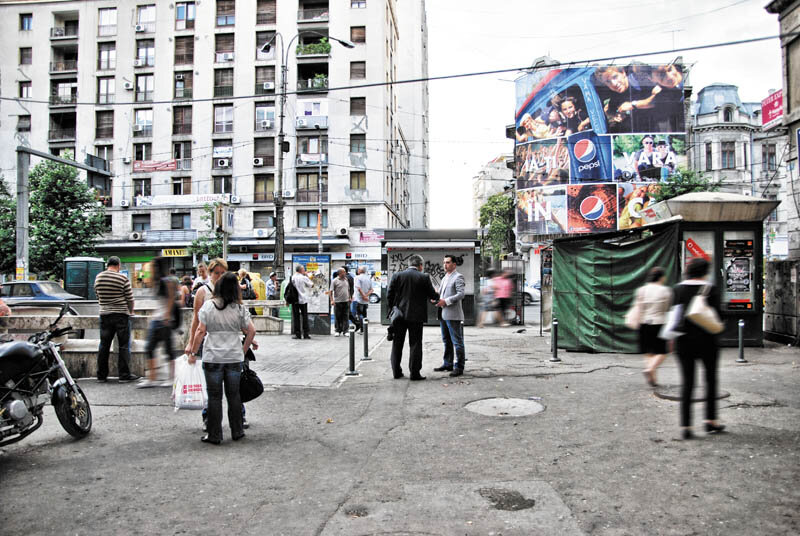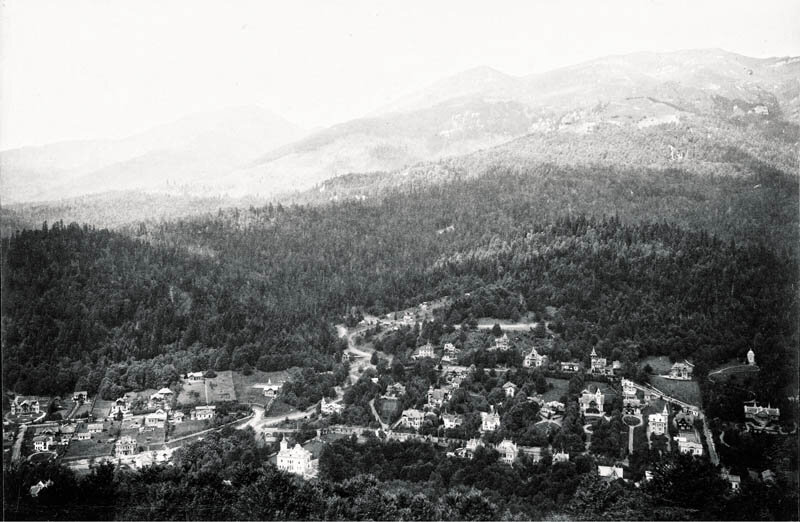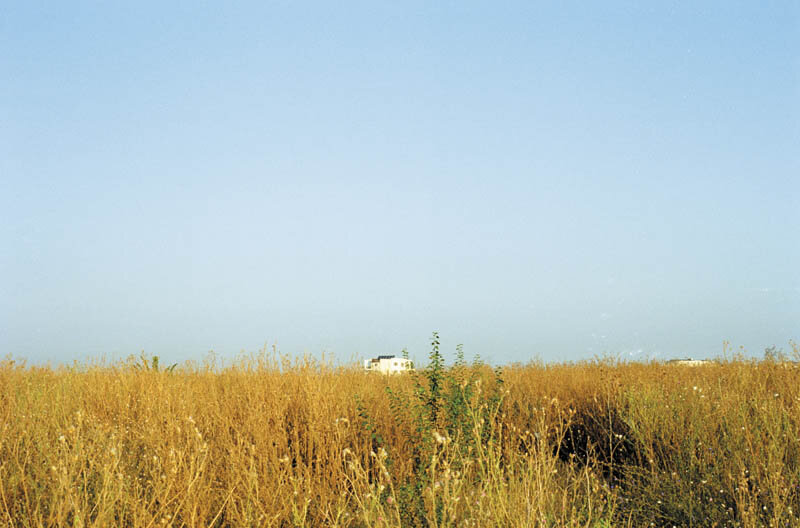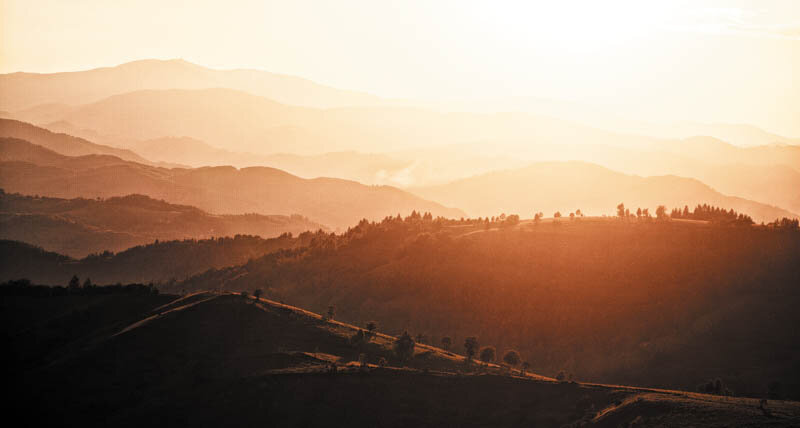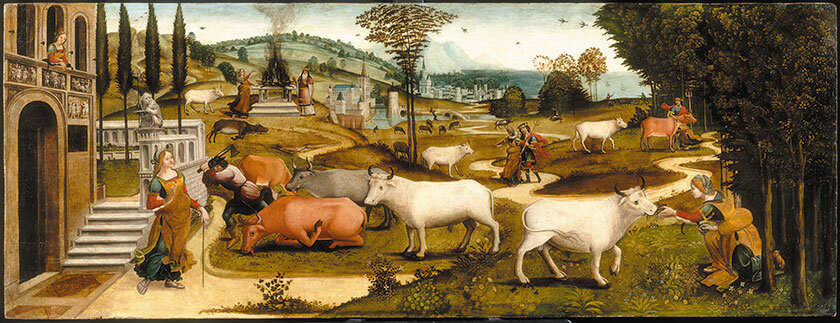
Three landscape features in dialog with architecture
Trois traits
du paysage en dialog avec
l'architecture
| It is generally customary for articles on landscape to begin by emphasizing either its ambivalence (landscape is both "the environment in its natural state" and "the representation of this environment") or its dependence on man (landscape presupposes a certain point of view). It is equally common to emphasize the link between landscape and the human sensibility. This dimension is, in fact, what the landscape brings to architecture when the two are conceived and developed together. All this is not, of course, without foundation, but it is related to certain orientations attributed to the notion of landscape over time. An analysis of the earliest occupations of the term urges us to distance ourselves from its current determinants, which are capable of opening up our thinking to other spaces, at the intersection between landscape and architecture. From this analysis, we will retain only three characteristics that structure the idea of landscape. The first is the landscape's belonging to the area of representation (which corresponds to the landscape/privization association). The second is that "ensemble" feature intrinsic to the idea of landscape itself. The third is the power of invention required of the designer. These traits go hand in hand. They have been present since the earliest use of the word, have survived the centuries without ageing, and can contribute to establishing a dialog between architecture and landscape. Before explaining them, however, we will draw attention to a number of non-equivalences between landscape and garden, landscape and nature, landscape and field, landscape and environment, which the mere juxtaposition of the two tends to put them in a synonymous relationship. Finally, in order to avoid any confusion, we will make it clear that the approach we propose to landscape will be neither aesthetic nor phenomenological. The three features that we will focus on below are based on the meanings ascribed to the term, which have been attested since the earliest moments of its appearance. The landscape as belonging to the area of representation At present, there are not many works in French which deny that landscape is a matter of representation. Even geographers, anthropologists and some ecologists recognize this. The dictionary definitions do not overlook this fact either, but only mention it in a secondary way, implying that it was previously defined as 'Vue d'ensemble, qu'offre la nature, d'une étendue de pays, d'une région' or 'Vue d'ensemble d'un endroit quelconque - ville, quartier'1. The first appearance of the word in Robert Estienne's French-Latin dictionary, published in 1549, is in fact rather vague, although we are told that the term is used in the milieu of painters: "Paisage : nom commun entre les painctres" (Landscape: common noun among painters). But an investigation into the use of this term prior to 1549 has revealed several occupancies, all of which referred to what the painter had to accomplish in the blank spaces left unoccupied by the main subject of the painting. None of the documented occupancies is used outside of a pictorial representation. This is a peculiarity of French compared to other Latin (especially Italian) and Anglo-Saxon (especially Dutch and German) languages. For while French invented a new word to refer to an image, taken either as a part or as a whole, the other languages mentioned above directly transferred the term usually used to refer to a land or territory to painting, thereby reducing the difference, however fundamental, that must be maintained between a thing and its representation, between a region and the image of that region2. The fact that landscape belongs to the realm of representation lays the groundwork for all future constructions to which it might give rise. This is the case, for example, with the term taken from the field of painting and transposed to "the territory as far as the eye can see - le territoire jusqu'où la vue peut porter" (Furetière's dictionary, 1690). In this definition, as in all those that followed, landscape is not synonymous with land, with territory. The element to which it refers, in fact, is always the territory "seen", the appearance of the land as it is seen, "the overall view of a land (la vue d'ensemble d'une étendue de pays)". It is this participation of vision that makes the difference between land and landscape. It keeps the landscape in the field of representation, which characterizes the use of this term in French, as opposed to paese in Italian or landschaft in German. |
| Read the full text in Arhitectura 5/2013 |
| Notes:1 According to the electronic Dictionnaire Trésor de la Langue Française (TLFe), consulted on September 20, 2013.2 For more on this point, see C. Franceschi, 'Du mot paysage et de ses équivalents dans cinq langues européennes', in M. Collot (dir.), Les Enjeux du paysage, Editura Ousia, collection 'Recueil', Brussels, 1997, pp. 75-111. |
| It is common to begin an article on landscape by emphasizing either its ambivalence (the landscape is both "the full-scale environment" and "the representation of this environment") or its dependence on man (landscape presupposes a point of view). It is equally common to emphasize the link between landscape and the sensitive dimension of man. It is this dimension that landscape brings to architecture when both are thought and worked together. All this is not wrong, of course, but it is part of certain orientations attributed to the notion of landscape over time. An analysis of the earliest occurrences of the word invites us to take a step back from the current determinants, which may open up other spaces for reflection between landscape and architecture. From these analyses, three features structuring the idea of landscape will be retained. The first is its belonging to the field of representation (which goes with the landscape/regard association). The second is the "ensemble" trait intrinsic to the very idea of landscape. The third is the power of invention that it solicits from those who conceive it. These three traits are interdependent. They have been present from the earliest occurrences of the word and have survived the ages without a wrinkle. They can help establish a dialog between architecture and landscape. Before explaining them, let us emphasize a series of non-equivalences between landscape and garden, landscape and nature, landscape and countryside, landscape and environment, as their current rapprochement tends to imprudently establish. Finally, to avoid any misunderstanding, the approach to landscape proposed here will be neither an aesthetic nor a phenomenological approach. The three features developed below are based on attested usages from the earliest use of the word. Landscape as belonging to the field of representation Today, there are not many French-language works to refute the fact that landscape belongs to the field of representation. Even geographers, anthropologists and some ecologists recognize this. Dictionary definitions are not without mentioning it, but always in second place, suggesting a precedence of its designation as "A view of the whole, offered by nature, of a stretch of country, a region" or "An overall view of any place (town, neighborhood)"1. The first appearance of the word in Robert Estienne's French-Latin dictionary, published in 1549, is rather vague, although it was among painters that the name was in use: "Paisage : nom commun entre les painctres". But a survey of uses prior to 1549 has found a few occurrences, all referring to what the painter has to accomplish in the blanks left by the main subject of the painting. None of the occurrences found is in use outside a pictorial representation. This is a peculiarity of the French language compared with other Latin languages (Italian in particular) and Anglo-Saxon languages (Dutch and German in particular). Indeed, while a new word was invented in French to refer to all or part of an image, these other languages transposed the common term used to refer to the country or territory into the field of painting, thereby reducing the gap, which is so fundamental, between a thing and its image, between the country and the image of the country2. The landscape's belonging to the field of representation is the basis for all the subsequent constructions to which it can give rise. This is the case, for example, with the transposition of the term from the field of painting to "the territory as far as the eye can see" (Furetière's dictionary, 1690). In this definition, as in all subsequent definitions, landscape is not synonymous with country or territory. What it refers to is always the territory "seen", the aspect of the country seen, "the overall view of an expanse of country". It is this participation of sight that introduces the whole difference between country and landscape. It keeps the landscape within the field of representation, which specifies the uses of the term in the French language in relation to the Italian paese or German landschaft. |
| Read the full text in issue 5/2013 of L'architecture |
| Notes:1 According to the Trésor de la Langue Française électronique (TLFe), consulted on September 20, 2013.2 For more details on this point see C. Franceschi, 'Du mot paysage et de ses équivalents dans cinq langues européennes', in M. Collot (dir.), Les Enjeux du paysage, Editions Ousia, coll. "Recueil, Brussels, 1997, pp. 75-111. |

